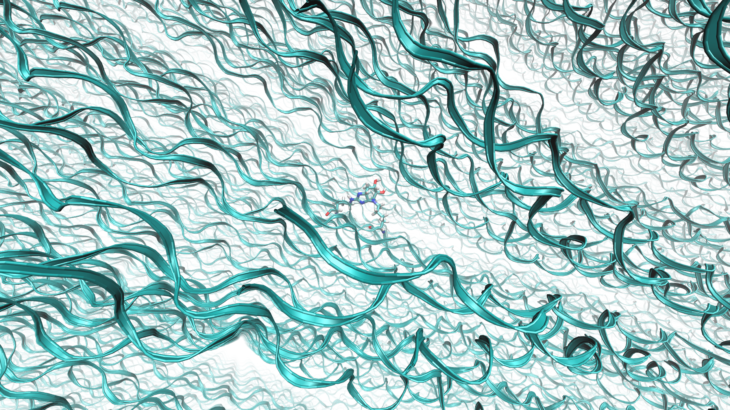Slowing the ageing process

By 2024, it’s estimated that over half of the population of the UK will be over 50 years old. That statistic has implications both for healthcare and for the benefits and pension costs that the UK will face: age-related illnesses that prevent people from working are expensive for society as a whole.
One of the most challenging aspects of aging, currently, is deterioration in skeletal tissue mechanical function. Tendon disease is painful and debilitating, and its impact on mobility can contribute to a general health decline. With that in mind, researchers at UCL are attempting to identify causes of the observed changes to the soft tissue, with a view to – eventually – identifying ways to slow the deterioration.
Thomas Collier, a PhD student at University College London, is using the Iridis supercomputer to research the general hypothesis that “aging results in advanced glycation end-product (AGE) cross-link formation within the collagen matrix of tendon, ligament and bone, causing mechanical properties to deteriorate”.
He is testing three specific hypotheses: that the presence of glucosepane (an AGE) decreases proteolytic digestibility allowing damage to accumulate in the tendons; that levels of glucosepane correlate with changes to the mechanical properties of collagen molecules and fibrils; and that the position of the glucosepane cross-link within the collagen molecule determines which biomolecule interactions in the body are disrupted.
Parallel computing is needed because of the size of the system being modelled. Collagen is a very large protein, with 3,000 amino acid residues. Collier is using an adapted version of off-the-shelf Amber software, with modelling techniques that use periodic boundary conditions to replicate the fibrillar environment of the collagen within the soft tissue while using the fewest possible number of atoms, to reduce computational time. Access to the Iridis service has been vital, Collier says.
“Without it, I wouldn’t have been able to model the full collagen molecule – it’s a huge system to try to model. Iridis has enabled me to run a large number of calculations, much larger than I would have done on a smaller platform. I’ve been able to analyse these huge amounts of data, and pull out what’s important“
These calculations have allowed Collier to ascertain the exact locations of phenomena such as intra-molecular glucosepane formation, which had been observed in experimentations by other UCL teams, as part of an interdisciplinary project across the University. This has allowed him to propose explanations for observed changes to the properties of the soft tissue.
As an example of a specific case where this research could prove very powerful, Collier says that, along with the increasing age of the population, the number of people with diabetes is expected to reach 5.8 million people by 2025.
“Diabetic patients have a higher glucose concentration in their blood. And so, while in the majority population one in five collagen molecules tends to be cross-linked, in diabetics it’s one in two. So if we can see why it’s happening, and develop ways to reduce it, that’s what we’re aiming for.
“That gives a better understanding of how the natural function of the collagen is impaired by the presence of the glucosepane cross-link. Further studies are needed to determine whether these are, in fact, the cause of the experimentally observed changes, but early signs suggest this is the case,” Collier says.
“This is a very new area, and has links to a lot of age-related diseases – reduced lung function in old age, for example, happens because the collagen in your lungs loses its elastic recoil, so your lung capacity reduces. So it’s important research, and Iridis is invaluable to us.”
The authors acknowledge that the work presented here made use of the IRIDIS Computing facility provided by the Centre for Innovation (CfI). The CfI is formed from the universities of Oxford, Southampton, Bristol and University College London in partnership with STFC Rutherford Appleton Laboratory.
Contact
Thomas Collier
Chemistry. UCL

